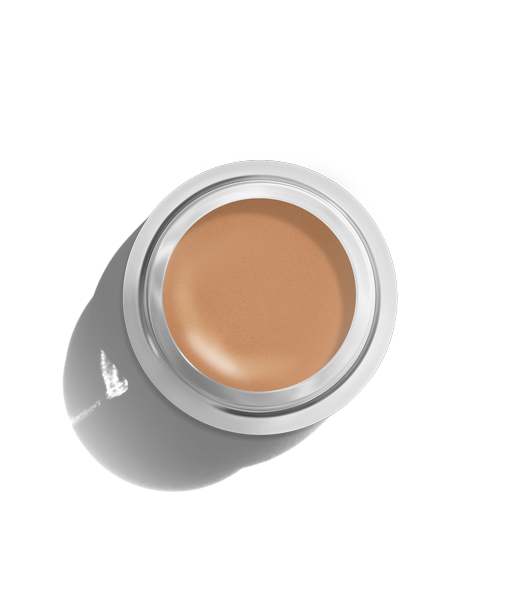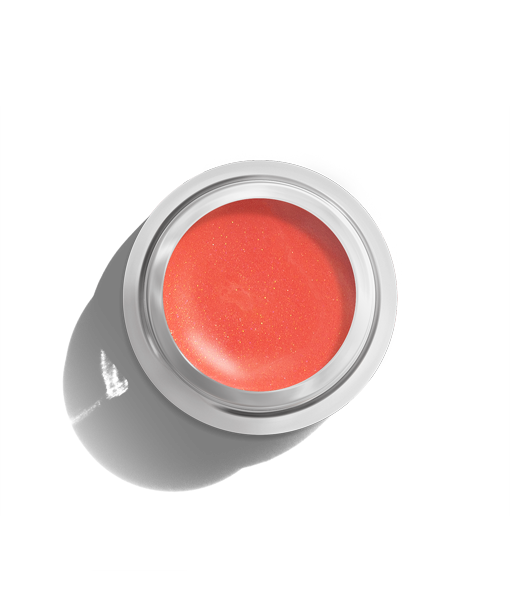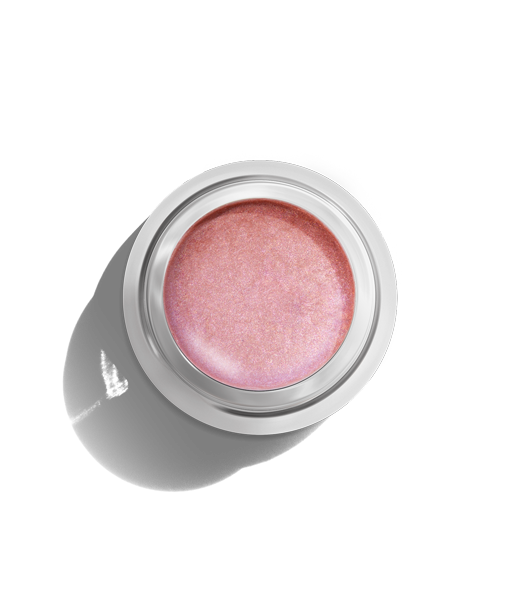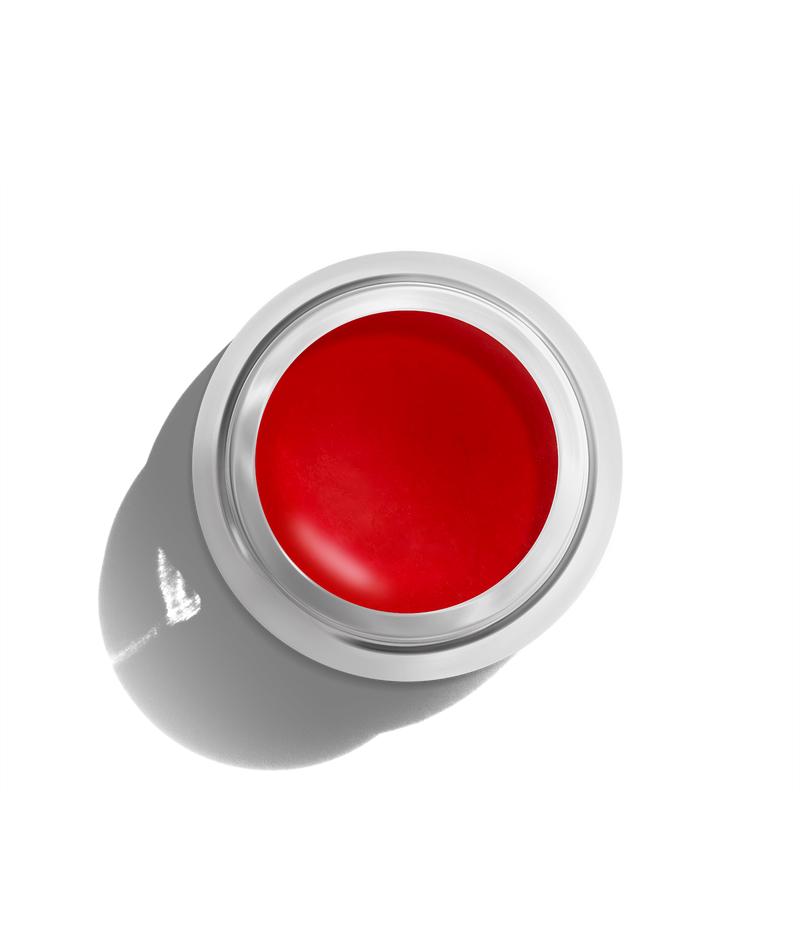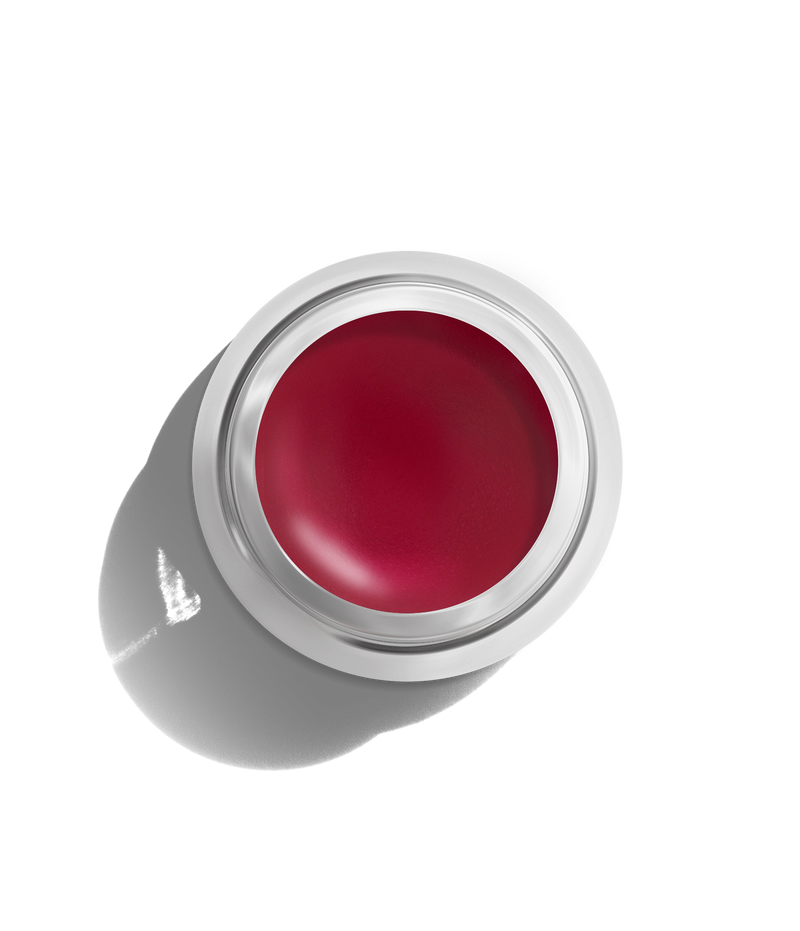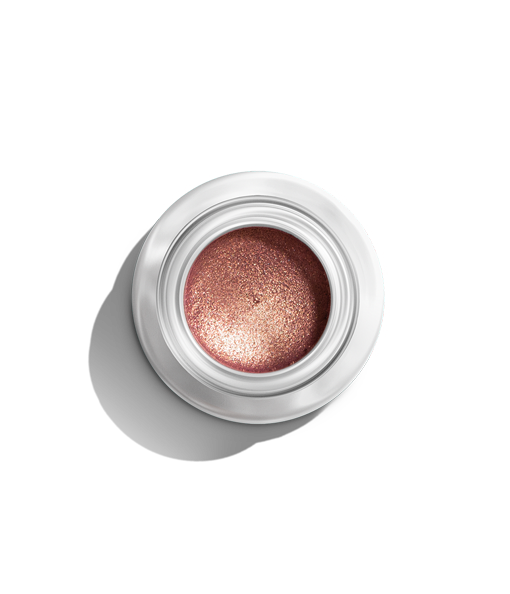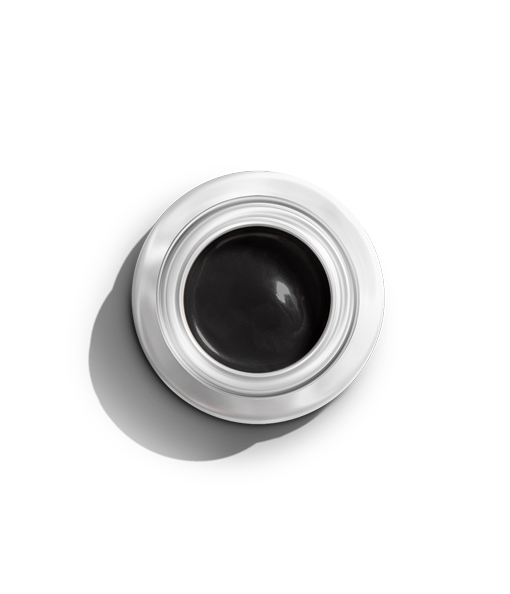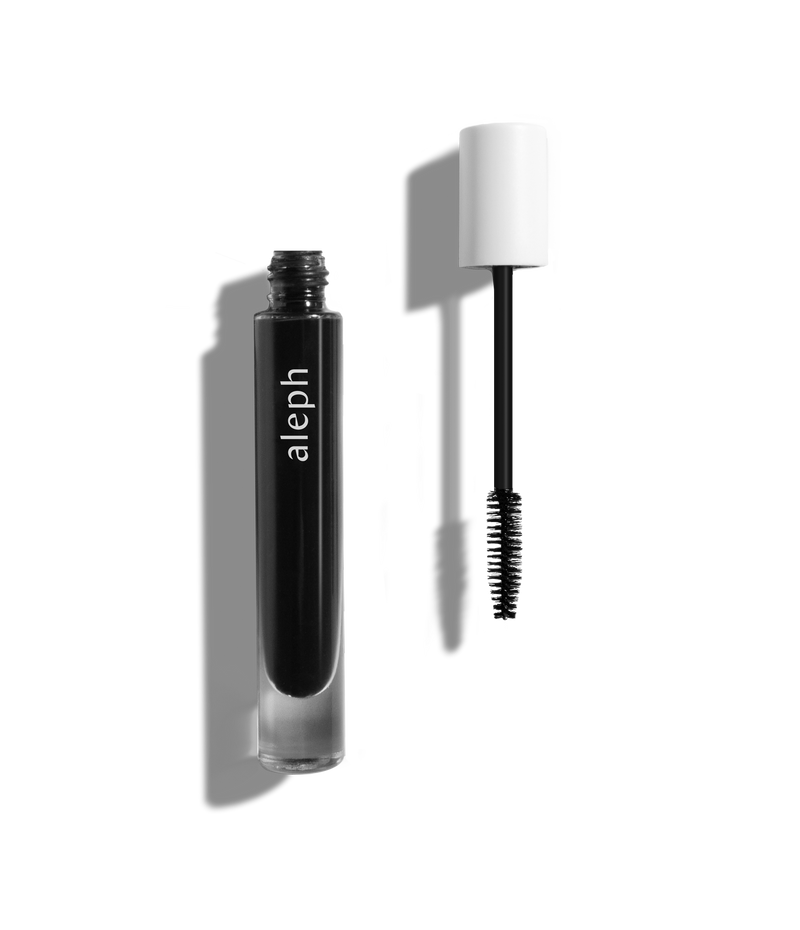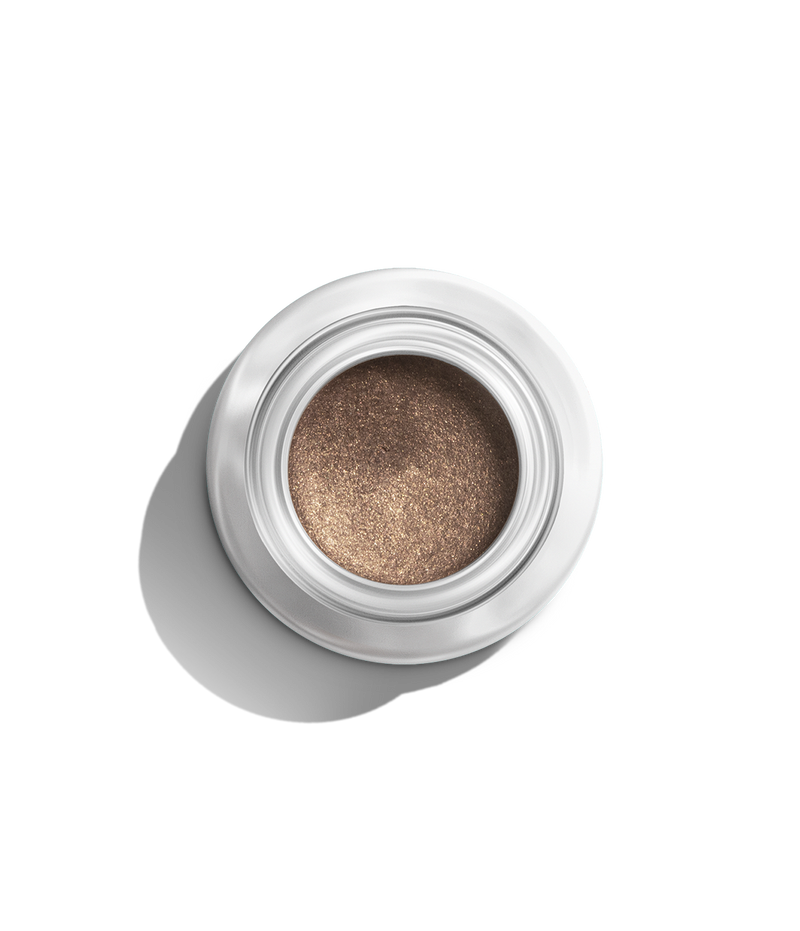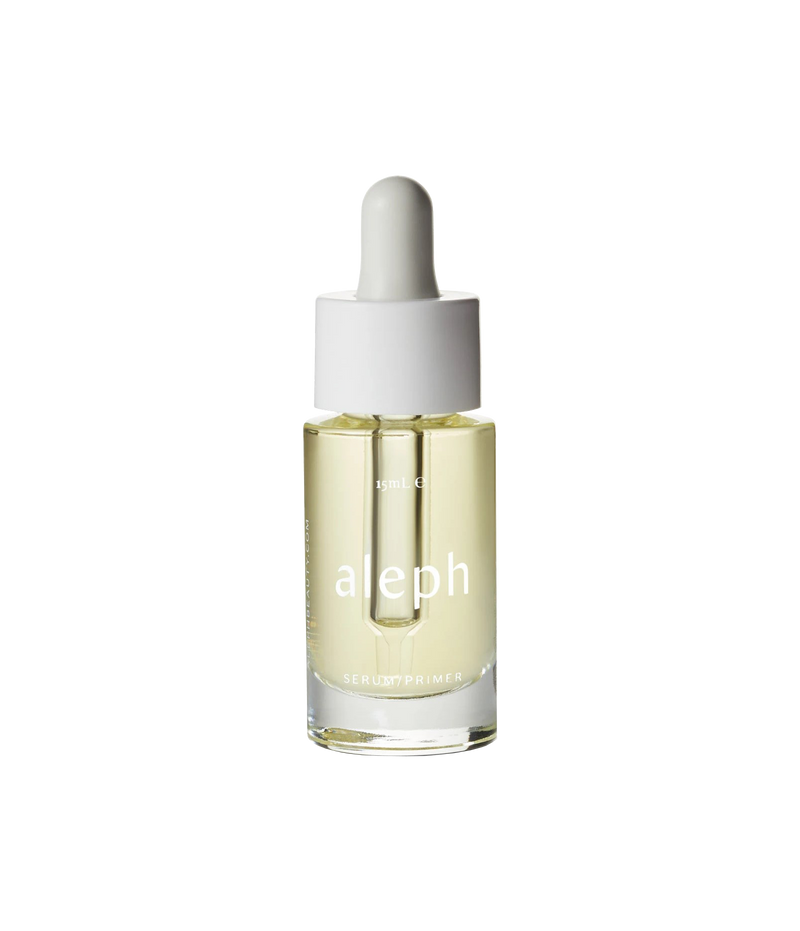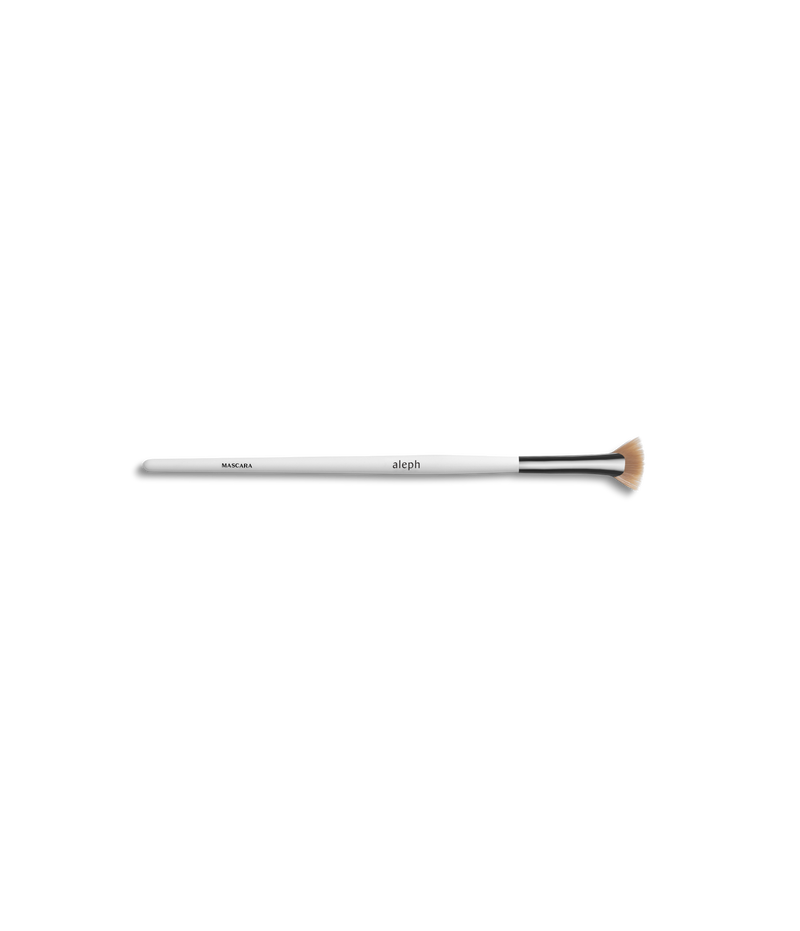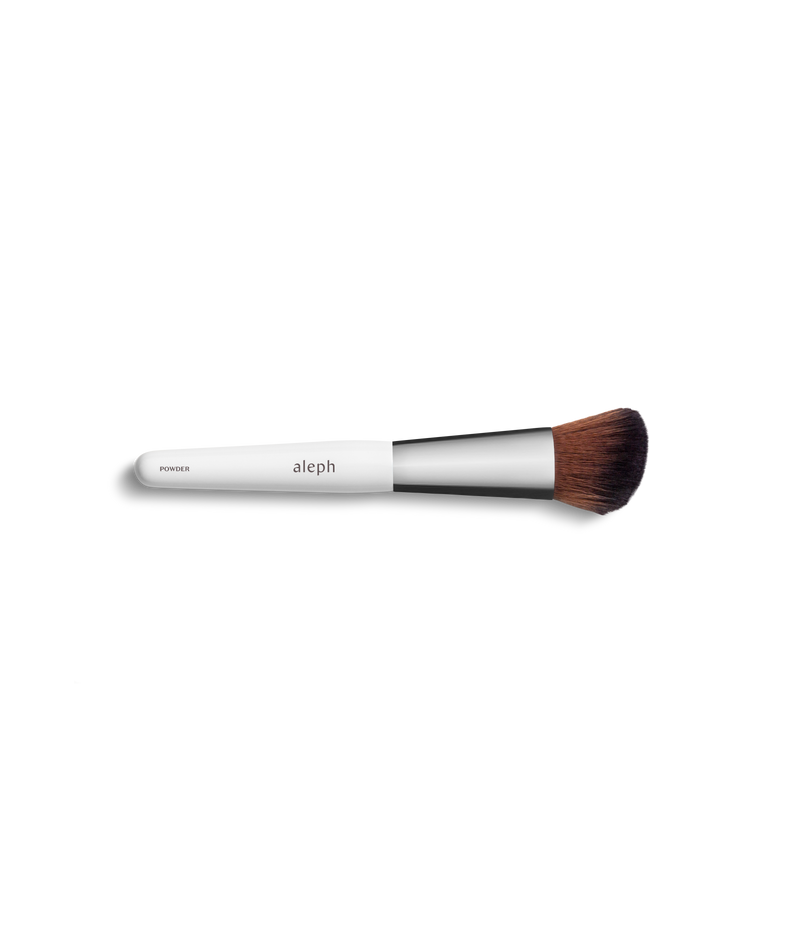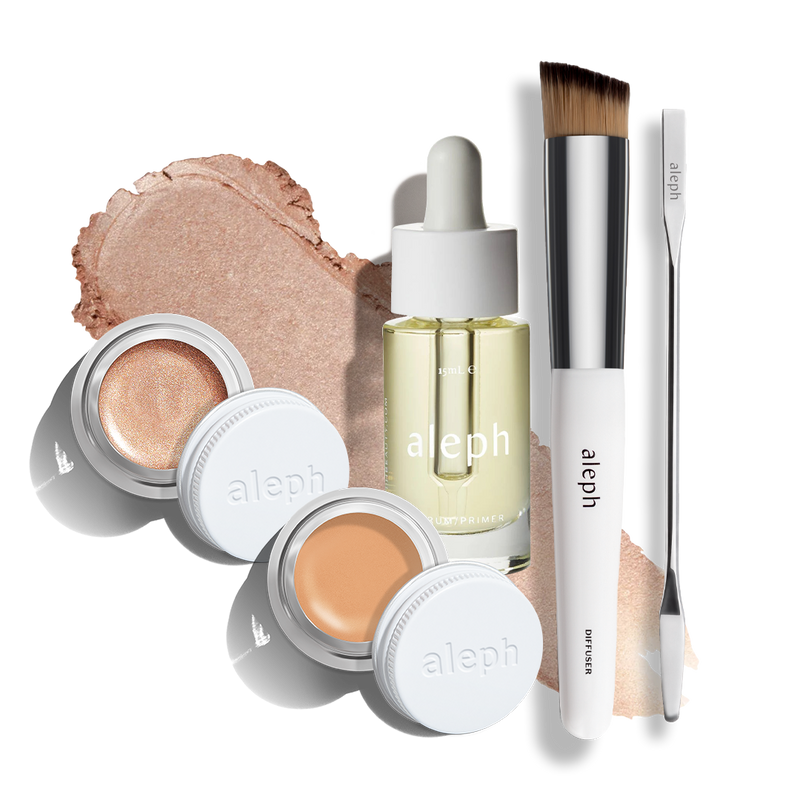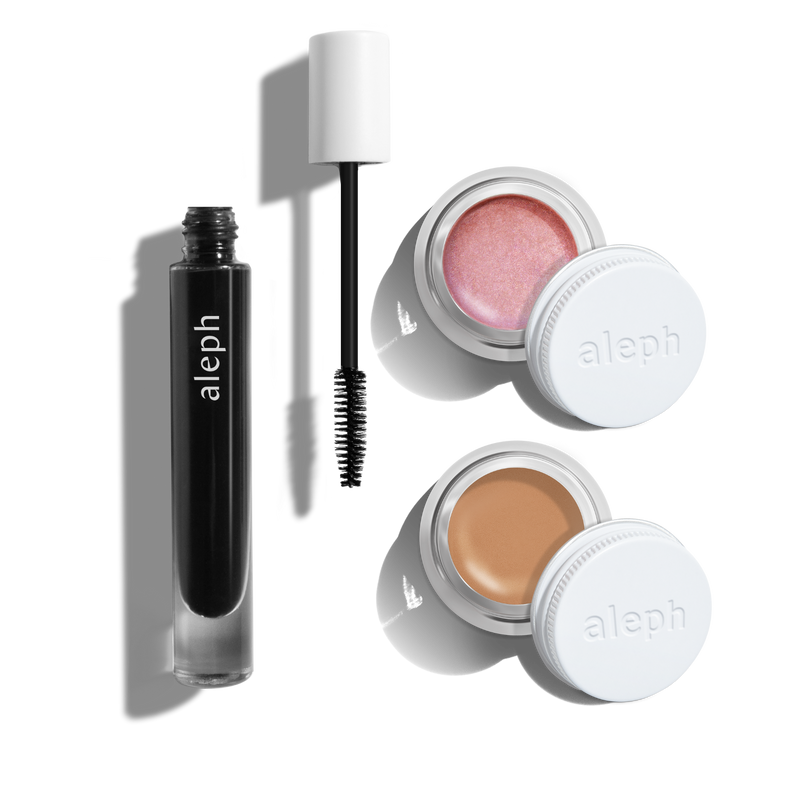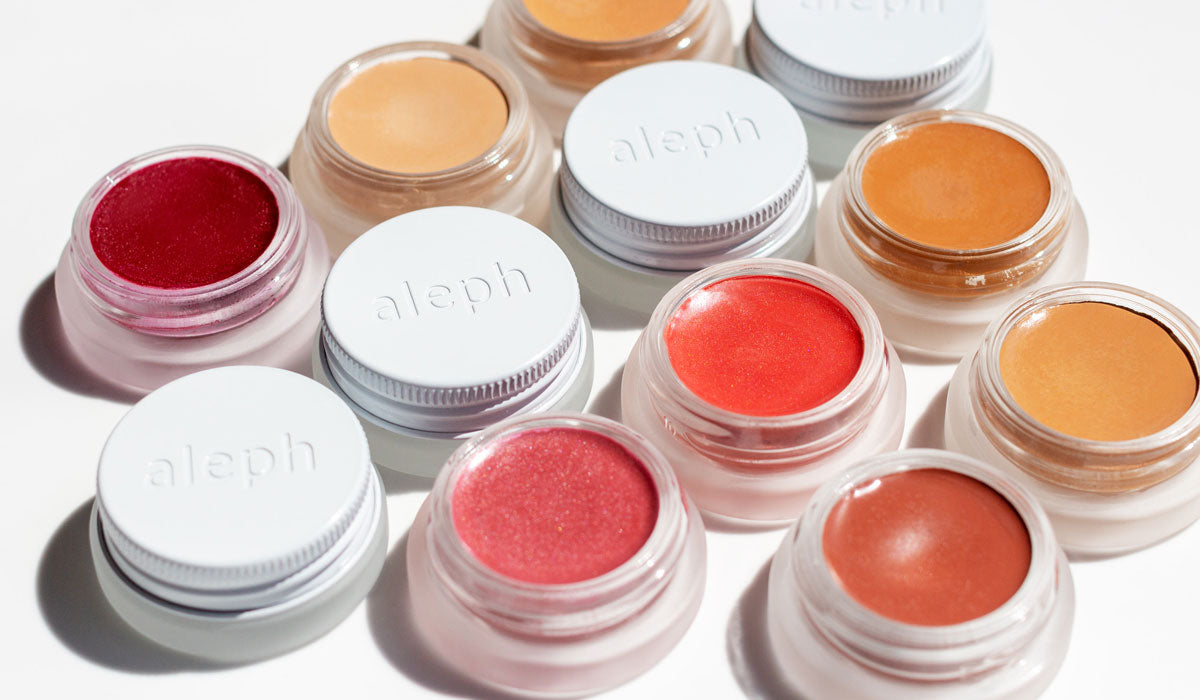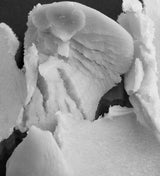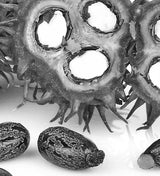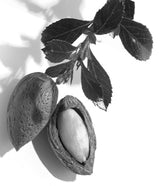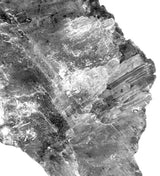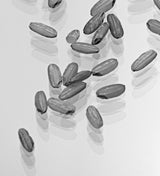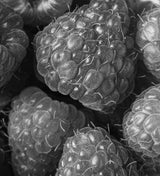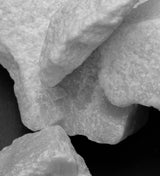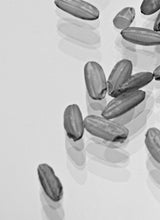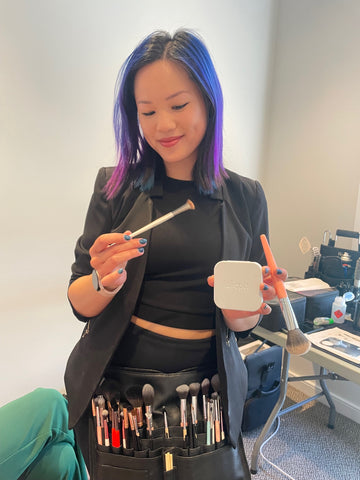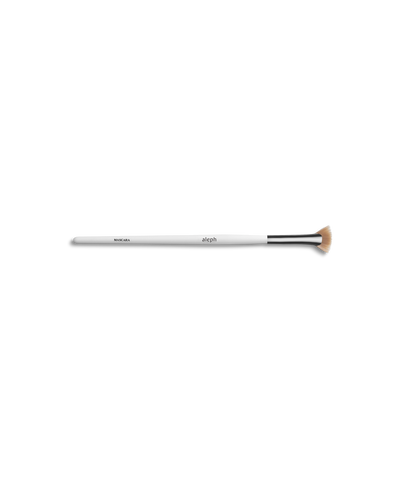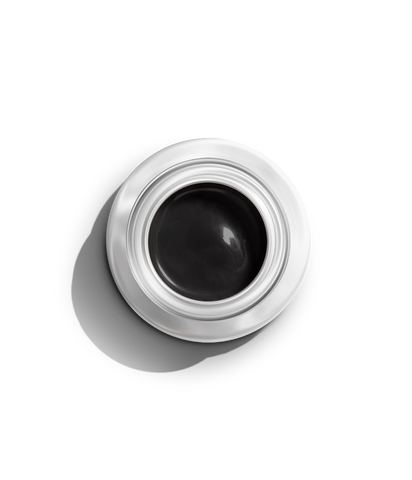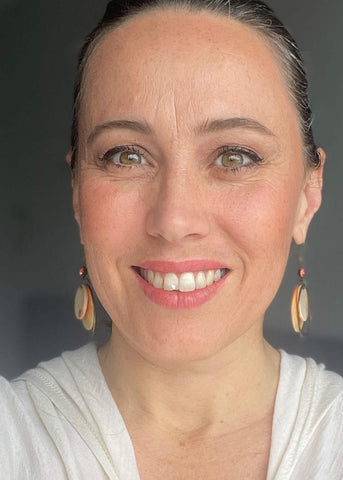In an era where advertising is everywhere and new beauty products are released daily, it’s hard to work out what’s worth your time and money. Things become even trickier when you find out the truth about conventional makeup.
As enticing as the latest face bling may be, many standard beauty products contain health damaging toxins and carcinogens. While we’re quick to clean up our food and our environment, it’s impossible to be the picture of perfect health without embracing natural, toxin-free beauty.
We've looked at how to glow on the outside by focussing on health and wellness, so now it's time to think skin-deep. This article is all about detoxing your makeup and skincare bag to stay healthy, happy and absolutely gorgeous.
Do cosmetics affect how healthy I am?

In a word- yes.
Conventional, synthetic makeup and skincare could be contributing to long term health issues.
We're not just talking cracked lips or a stray pimple. We're looking at full-blown endocrine disruption, nervous system toxicity and possibly even cancer.
In fact, around 20% of conventional makeup products contain cancer-causing carcinogens like parabens. A pivotal 2004 study around parabens found them in 18 out of 20 samples of human breast tissue.
The study lists these as one possible cause of rising breast cancer rates throughout the developed world. Unfortunately, parabens aren't the only chemical cosmetic ingredients doing you harm - there are scores of others with equal potential for bodily damage.
While brands don’t set out to use lethal amounts of chemicals in makeup or cosmetic products, small amounts do add up. In New Zealand, most products on the market have been produced using ingredients safety guidelines. Unfortunately, though, that doesn't mean they're always inherently safe. The average woman uses around 12 beauty products with 168 unique ingredients every single day. That means the “safe” amount of chemicals in isolated products are multiplied twelvefold on average, and so are the associated health risks.
It’s a real, escalating problem for so many people. The only solution is adequate research and informed choices about what we put on our skin. A toxin 'detox' shouldn't end with what you eat and drink, it extends to your makeup bag and skincare too. If you're keen to rid your life of toxic chemicals, you'll need to tackle them from every single angle by working healthy beauty products into your daily routine.
What are the most harmful cosmetic chemicals?

As a general rule of thumb, any cosmetic ingredient you can't pronounce is worth a little bit of extra research. Databases like EWG's Skin Deep Cosmetics are fantastic tools to use for this kind of thing. If you're unsure of an ingredient, pop it into the EWG search and odds are it'll be listed. EWG describes the chemical itself, gives it a toxicity rating from 1 - 10 and provides lists of references. Research and reading are the best ways to familiarise yourself with toxins so you know exactly what ingredients to avoid.
Our list isn't exhaustive, but it will give you a pretty clear picture of which baddies rule a product out. We make a conscious choice at Aleph to avoid any of these dirty ingredients. Here’s why.
1, 4 Dioxane
Cosmetic labels rarely mention Dioxane, but because it's a chemical byproduct it manages to sneak in anyway. It forms when Ethylene Oxide is mixed in with other ingredients to make them less harsh. For example, Sodium Laurel Sulfate is a harsh chemical but mellows out into Sodium Laureth Sulfate when you mix in Ethylene Oxide. You normally find it in products containing suds like soaps, shampoos, bubble baths and shower gel.
Dioxane is a potential carcinogen, also causing organ toxicity and general irritation. Look for PEG usually followed by a number, Polyethylene glycol, Polyoxyethylene, and ingredients ending in “eth” and “xynol".
Aluminium Salts
That's right, even metals make their way into conventional cosmetics. Aluminium Salts are a neurotoxin and there's conflicting information linking them to Alzheimers and breast cancer. Because they show up in conventional antiperspirants, a lot of people unknowingly use them every day. They clog pores and prompt the body to perspire more, thus creating more need for deodorant and creating a vicious cycle.
Chemical Sunscreens (Octinoxate, Oxybenzone , PABA, Octyl-Methoxycinnamate)
One common misconception is that it takes strong chemicals to properly protect our skin from the sun. This isn't true, and many people are unaware of the dangers of chemical sunscreens. Octinoxate, Oxybenzone, PABA and Octyl-Methoxycinnamate are active UV filters and are in sunscreen, lipsticks, nail polish, hair dyes and even skin cream.
EWG gives it a toxicity rating of 6, leading to possible biochemical or cellular level changes and endocrine disruption.
Coal Tar
Sounds gross, right? If you think so too, then your instincts are absolutely spot on. This is a byproduct of Bituminous Coal and is a known human carcinogen. It's found in anti-dandruff shampoos, most hair dyes, some makeup and some mouthwash.
EWG gives it a toxicity rating of 10, so if you see this on any label, steer clear. A lot of cosmetics won't directly list it though, so be on the lookout for 'P-phenylenediamine' too - Coal Tar makes up a big part of it.
DEA, TEA, MEA, ETA
These four cosmetic chemical baddies are the 'Ethanol Amines'. They're found in a tonne of household products and cosmetics used as pH balancing agents or emulsifiers. All four are carcinogens, and all four have been linked to accumulation in the organs and kidneys as well as organ system toxicity (possibly affecting male reproductive health).
They may be on ingredients lists as acronyms but are more likely to see them as Diethanolamine (DEA), Triethalomine (TEA), Monoethanolamine (MEA) and Ethanolamine (ETA).
Formaldehyde
Formaldehyde is another grade 10 chemical not often directly listed on product labels as a byproduct of several preservatives. It's in conventional nail polish, body and hair care products, hair growth products and antiperspirant. Formaldehyde is also a professional embalming ingredient, which tells you all you need to know about this toxic baddie.
It's a carcinogen, allergen and irritant that can cause immune system toxicity. Look for ingredients like Ormalin, Formic Aldehyde, Metaldehyde, Methanal, Methyl Aldehyde, Oxomethane and Oxymethylene. It's also made by ingredients like DMDM Hydantoin, Quaternium-15 and Diazolidinyl Urea.
Lead + Mercury
Mercury is an active ingredient of Thimerosal, which used to be commonly found in mascara as a preservative. Lead on the other hand is a key contaminant in lots of conventional lipsticks and hair dye. Both are highly toxic with links to various health issues like depression, brain damage, miscarriage and nervous system issues.
Phthalates
Phthalates are prevalent in many cosmetics and household items because they're so versatile. They're a way to disperse and prolong the scent of fragrances and aid chip resistance in nail polish. Phthalates are a possible carcinogen and endocrine disruptor - meaning they interfere with hormone production. There are also studies suggesting Phthalates cause birth defects as well as a lower sperm count in men and fertility issues.
Products occasionally list Phthalates as a key ingredient, but also look out for ones saying DBP, DEHP, 1,2 Benzenedicarboxylate and Dibutyl/Diethyl Esther.
Parabens
These are cheap and nasty preservatives that prolong a product's shelf life. They're in just about everything from makeup to cleaning products and can do some serious damage. These mimic estrogen effects and are an endocrine disruptor and carcinogen too. While just about everyone should avoid these, it's particularly important for women of childbearing age to steer clear.
Keep a special lookout for ingredients like Methyl/ Propyl/ Butyl/ Isobutyl/ Isopropyl Paraben, Hydrobenzoic Acid, Hydroxybenzoate or Ester.
Synthetic fragrance
Often listed as simply 'fragrance' or 'parfum', Synthetic Fragrance is one of the more eerie ingredients to read on a list purely because it's so vague. In New Zealand, manufacturers don't have to name every single ingredient that goes into their signature fragrance, meaning it could be made up of just about anything.
We've written about the dangers of Synthetic Fragrance before, as it can contain numerous harmful allergens and irritants. It's in perfumes and almost any conventional product with a distinct scent. To eliminate any confusion or potential damage, boycott synthetic fragrances entirely.
Toluene
Toluene is a potent solvent and paint thinner. It's in nail polish and hardeners as well as some fragrances and is a harmful neurotoxin. Not only that, it can lead to immune system or bone marrow toxicity and is a possible link to leukaemia and blood cancer.
Toluene sometimes appears as an ingredient on its own, but also as a component of Toluol, Methylbenzene and Phenylmethane.
How can I embrace natural beauty effectively?

Detoxing your makeup and skincare regime doesn’t need to be hard or overwhelming. And the change is well worth the effort, leaving you feeling brilliant and looking flawless with a clear conscience. Looking at health and beauty from the outside in is just as important as taking care of what you eat and drink.
Here are a few little things to focus on when you start our own holistic outside in beauty detox.
Happy swapping!
Figure out what needs replacing
As awesome as it would be to revamp all your makeup and cosmetics in one go, costs can add up. Instead of buying a tonne of new natural products that you think you might use, make a mental (or physical) list of what you have already that's about to run out. That way, you can research natural, nourishing alternatives one by one based on what replacement is the most pressing.
Eventually, you'll have a gorgeous collection of products that do no harm to you or the environment - clever, right?
Get yourself a great natural deodorant
Because many of us wear deodorant every single day, finding a brand that's aluminium-free and gentle on this skin is incredibly important. A high-quality natural deodorant may actually even help you perspire less, as there are no toxic nasties blocking the pores and causing the body to over-produce sweat.
Know your ingredients lists
When it comes to staying healthy from the outside in, knowing what toxins to look out for is half the battle. Our list of nasties above is a great place to start but also start taking note of any chemical ingredient that confuses you and look it up. That way you'll learn exactly what it is and what it does, making it easier to commit to memory and avoid when you're shopping.
It's also good to remember that most conventional lists order ingredients from greatest to smallest amount. It means the product is mainly made up of whatever appears first.
Don't succumb to synthetic fragrances
A great way to eliminate any possible irritants from your beauty routine is to boycott all forms of synthetic fragrance. Not all brands of perfume and products produce their scents in a lab. In fact, more and more brands are turning to essential oils or natural fragrance components than ever before.
By choosing products like these over synthetically produced, fake fragrances, you're voting with your wallet and staying away from potentially harmful chemicals.
Embracing holistic beauty is an incredible journey and at times it can be challenging, but it's great to know we're all in this together.
Here's to happier, healthier beauty habits!

 BACK
BACK